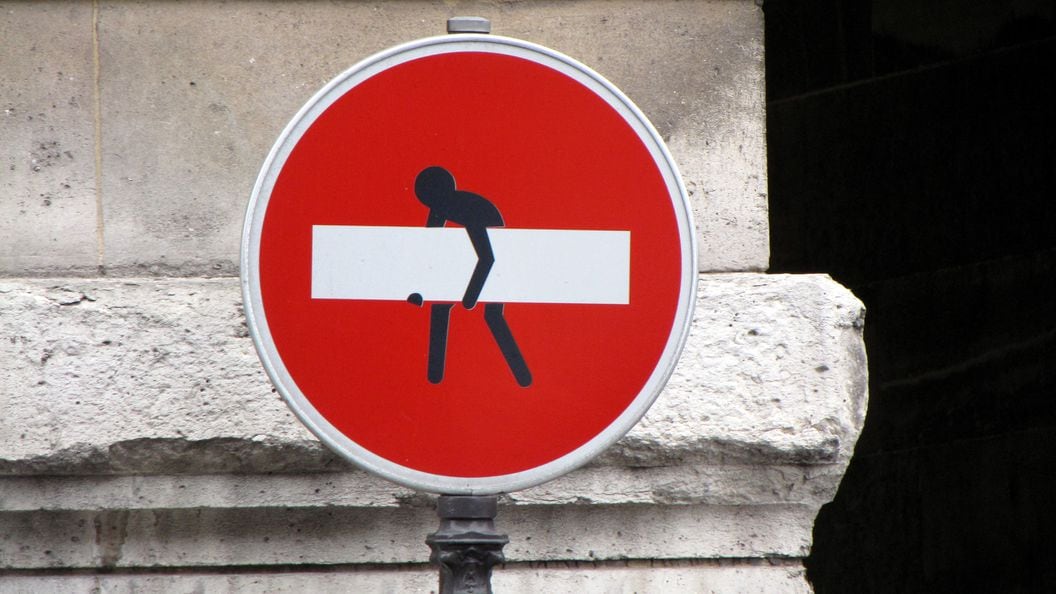The July jobs report is expected to serve as the latest piece of economic data indicating that the US labor market is slowing down as the Fed inches toward interest rate cuts.
The monthly report from the Bureau of Labor Statistics, slated for release at 8:30 a.m. ET on Friday, is expected to show nonfarm payrolls rose by 175,000 in July while the unemployment rate remained steady at 4.1%, according to consensus estimates compiled by Bloomberg.
In June, the US economy added 206,000 jobs while the unemployment rate unexpectedly rose to 4.1%. Here are the key numbers Wall Street will be looking at compared to the previous month, according to data from Bloomberg:
The impact of Hurricane Beryl will be a particular focus on Friday. The economics team at Goldman Sachs estimates the hurricane will diminish July's overall nonfarm payroll additions by about 15,000.
Economists as well as Fed Chair Jerome Powell have said they are no longer worried a red-hot job market is driving a pickup in the pace of price increases.
"Momentum in the labor market has cooled over the second quarter and subsequently minimized concerns that it might be adding to upward pressure on inflation," Wells Fargo senior economist Sarah House wrote in a note on Tuesday.
The key question in Friday's report — and throughout the rest of 2024 — remains whether slowing monthly job growth reflects a normalization in the labor market or the early signs of a broader economic slowdown.
Bank of America US economist Michael Gapen reasoned in a research note that the report will likely show the labor market "cooling, but at a gradual pace."
Powell offered similar sentiment about the labor market during his press conference on Wednesday. He noted the Fed is now more attentive to not only the risk of inflation not falling, but also the risk of unemployment continuing to tick higher. For now, Powell said, the Fed still believes the labor market is in the process of a "gradual normalization."
But the market appears more worried about cracks in the economy emerging. On Thursday, two economic data releases highlighted signs of softening in the economy.
Weekly jobless claims once again rose more than expected last week in the latest sign of a cooling labor market. New data from the Department of Labor showed 249,000 initial jobless claims were filed in the week ending July 27, up from 235,000 the week prior and the highest level since August 2023.
This followed a June Job Openings and Labor Turnover Survey (JOLTS) that showed a slight decrease in job openings, while hirings fell and quits hit their lowest level since November 2020.
The confluence of data helped spark a market sell-off on Thursday as the 10-year Treasury yield tumbled to its lowest level since February.

One other concern for investors is that if Friday's July jobs report reveals the unemployment rate rose to 4.2% during the month, the Sahm Rule would be triggered, as the three-month average of the national unemployment rate will have risen 0.5% or more from the previous 12-month low. The rule has successfully predicted recessions 100% of the time since the early 1970s.
Sahm herself has said that unique dynamics in the post-pandemic labor market may render the rule less useful in calling a recession this time around.
Markets may not buy it. RBC Capital Markets head of US rates strategy Blake Gwinn wrote in a note to clients on Monday that such an event will push negative sentiment to "get turbocharged" and expects markets would quickly price in higher odds of a hard landing for the economy.
Josh Schafer is a reporter for Yahoo Finance. Follow him on X @_joshschafer .




